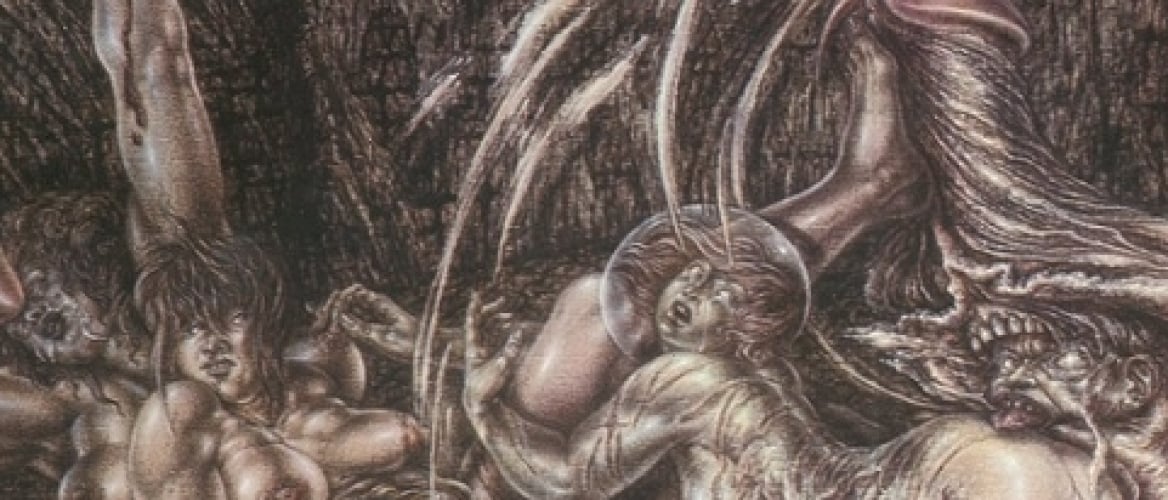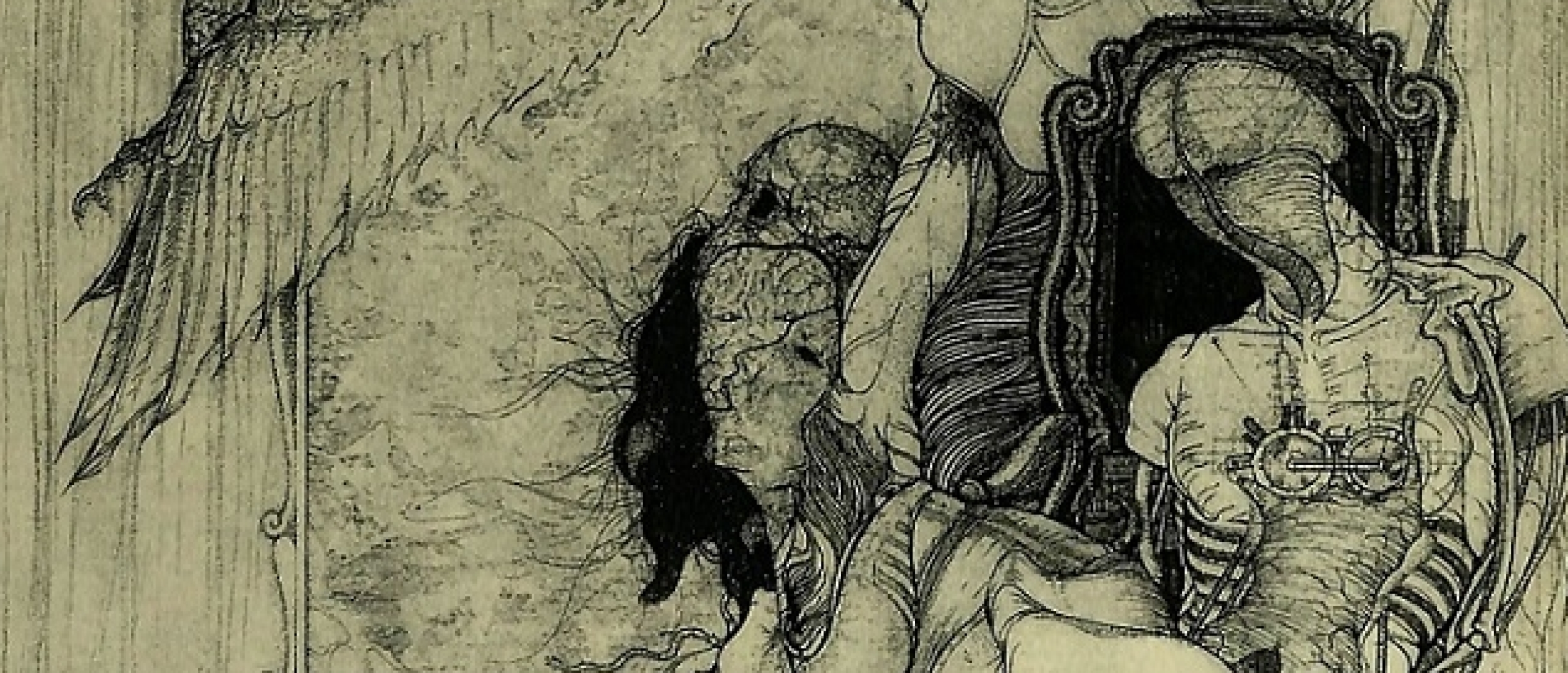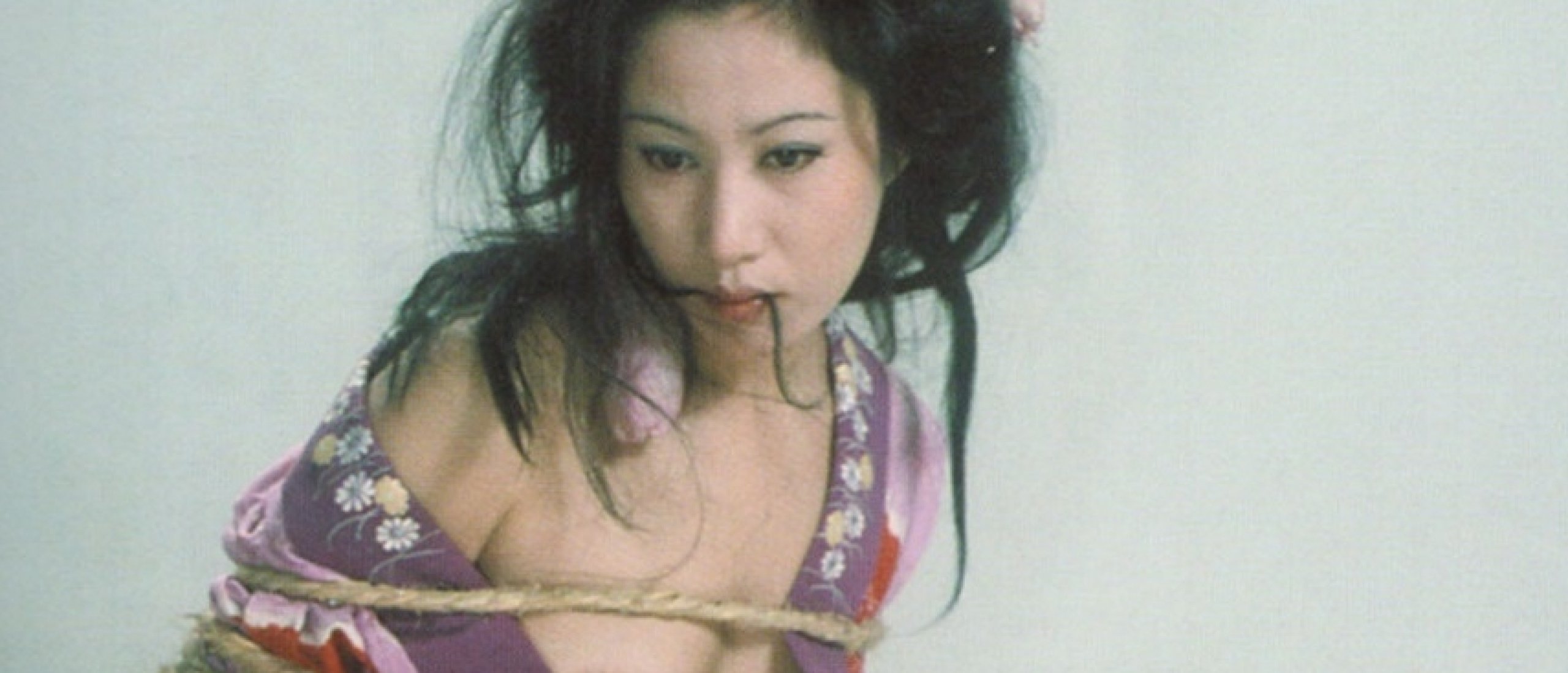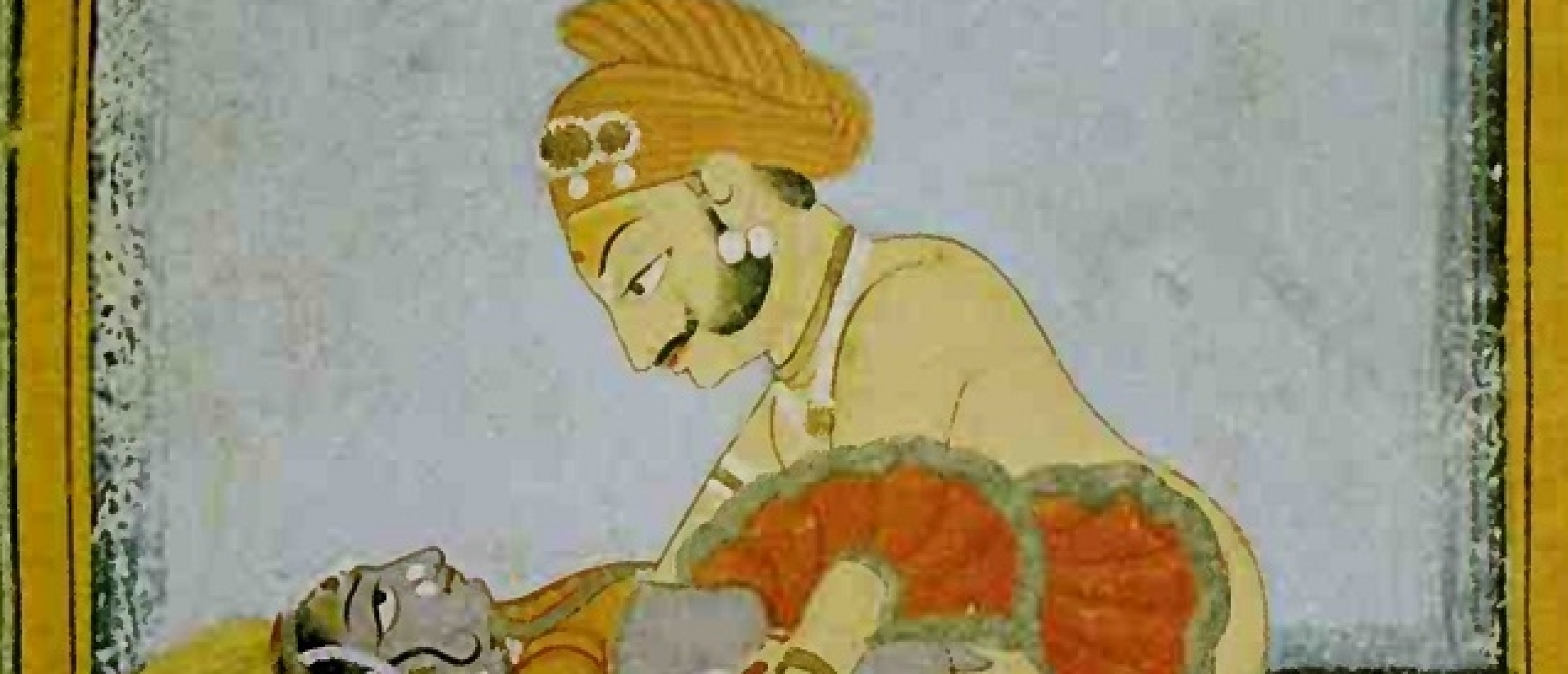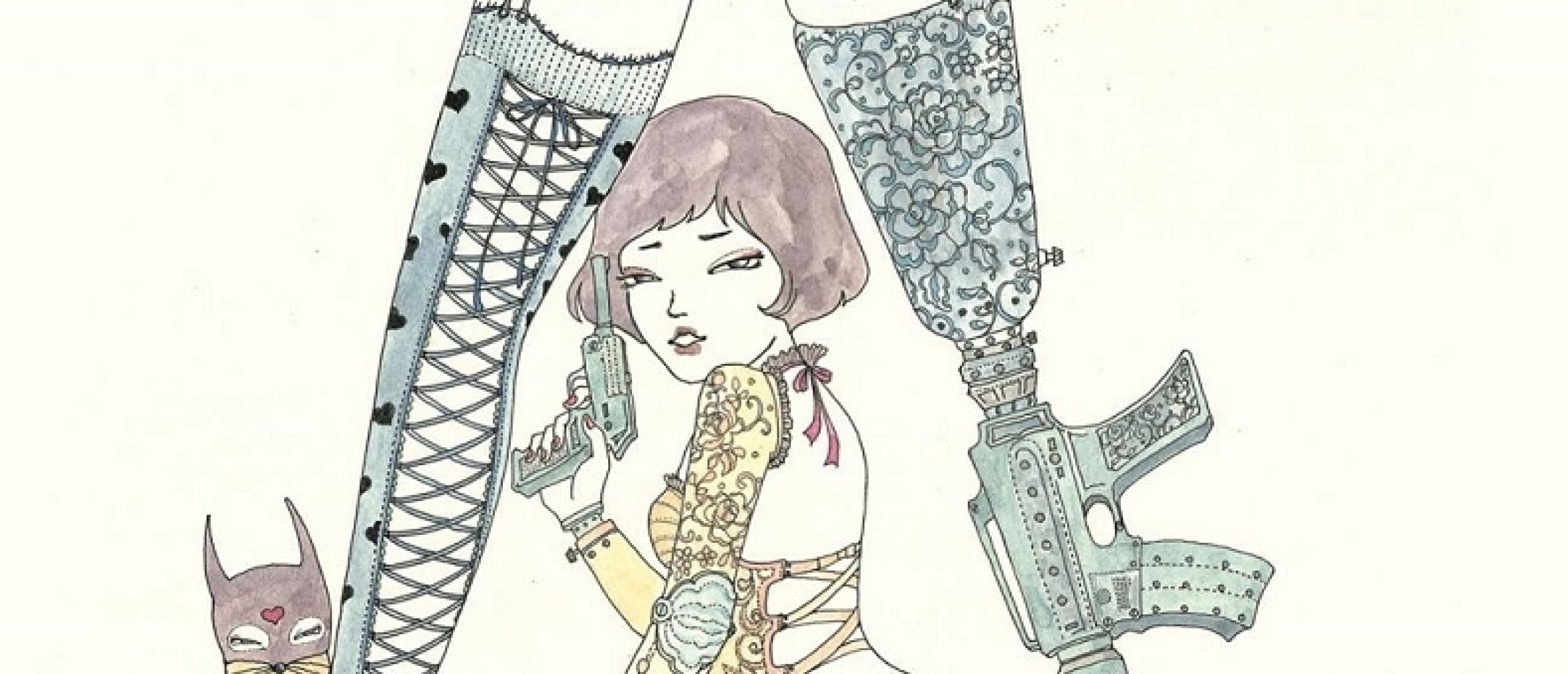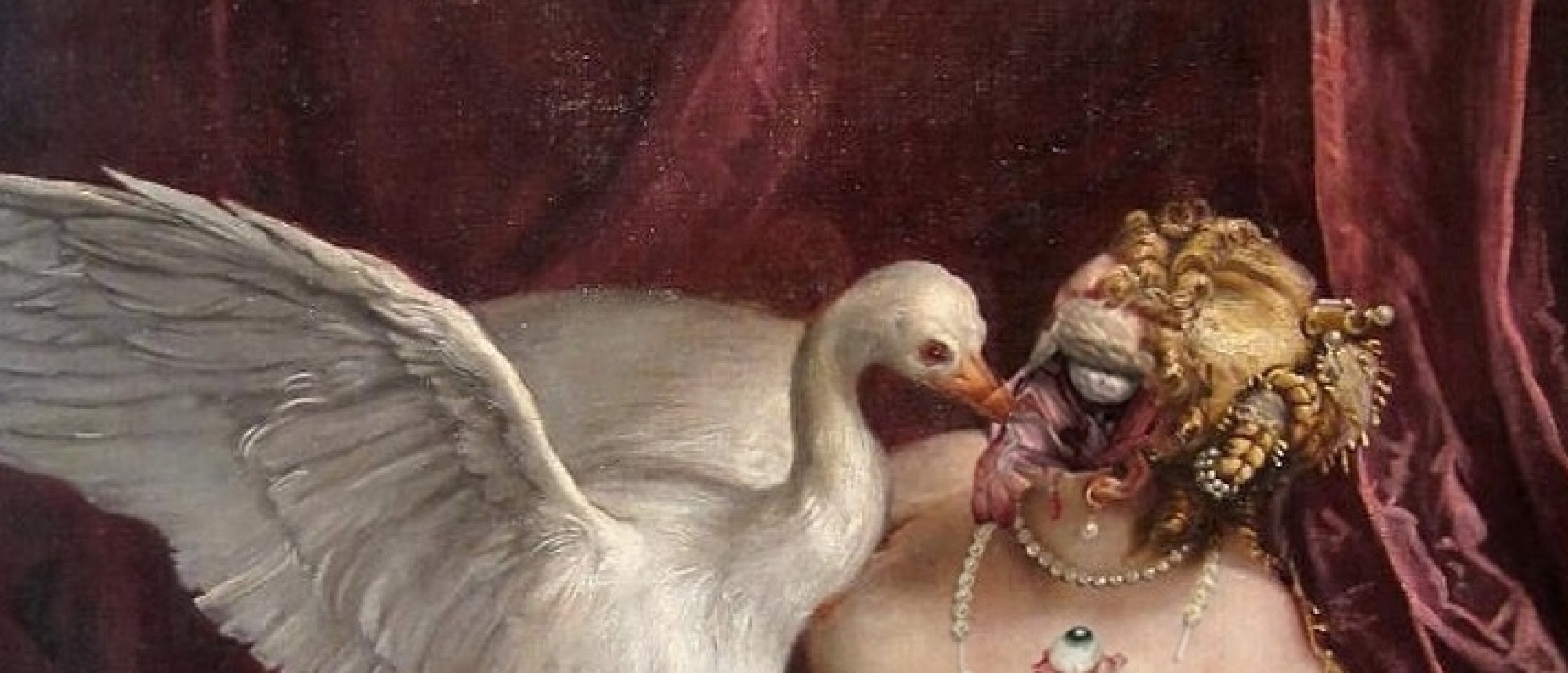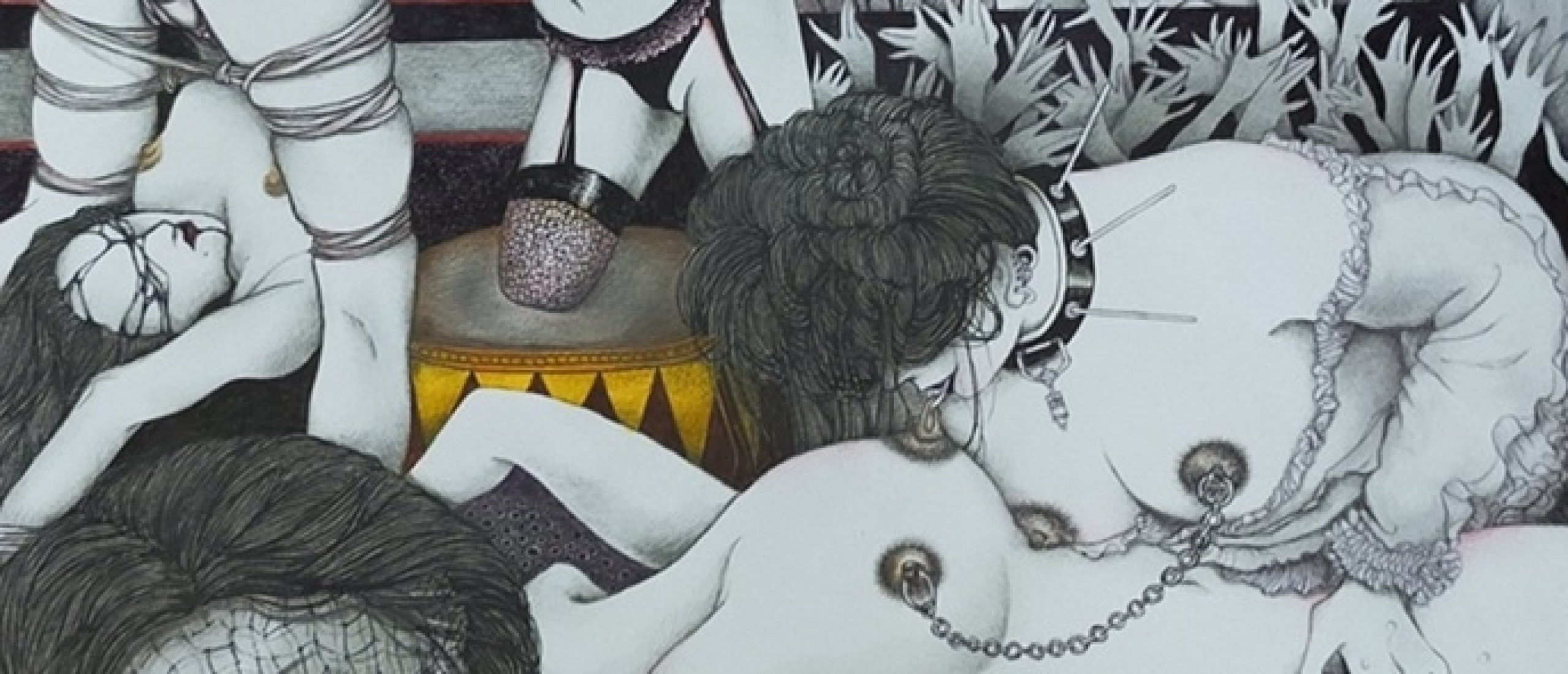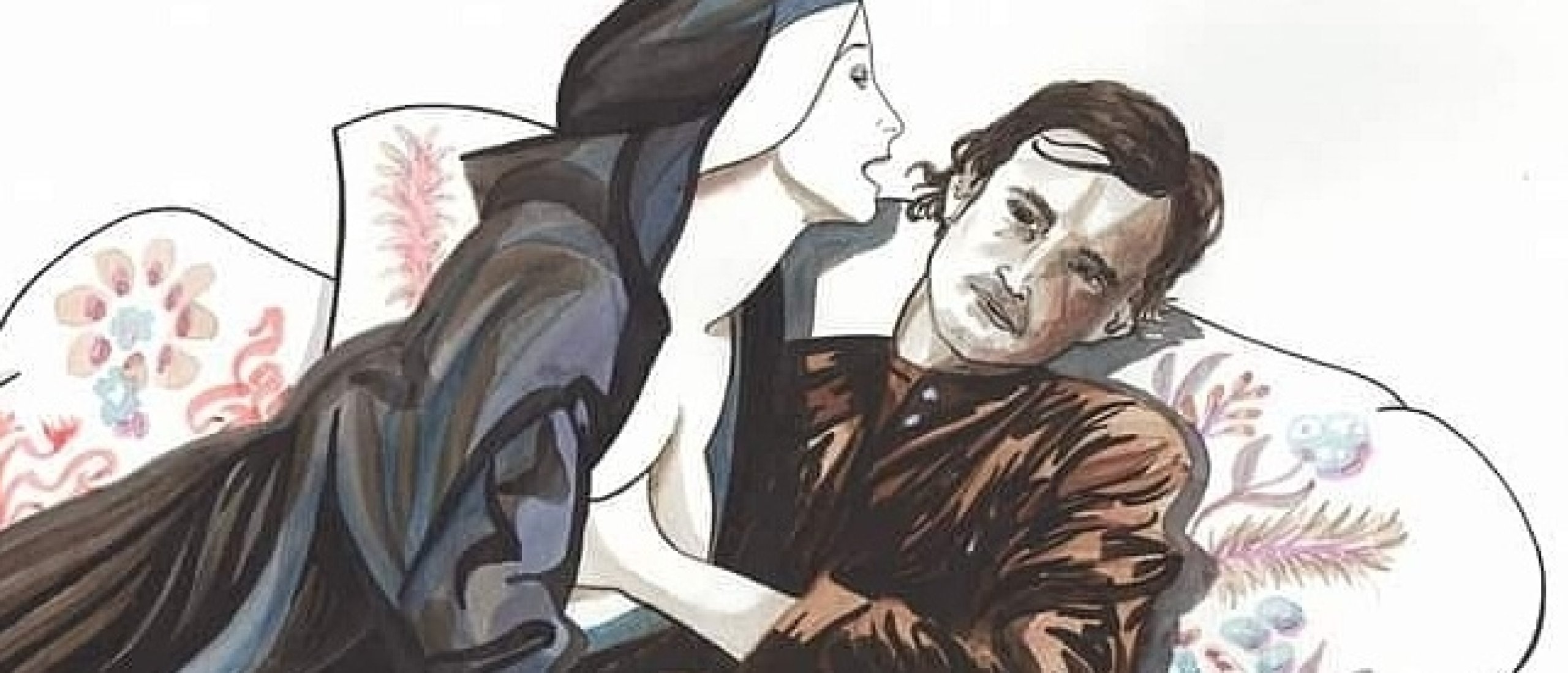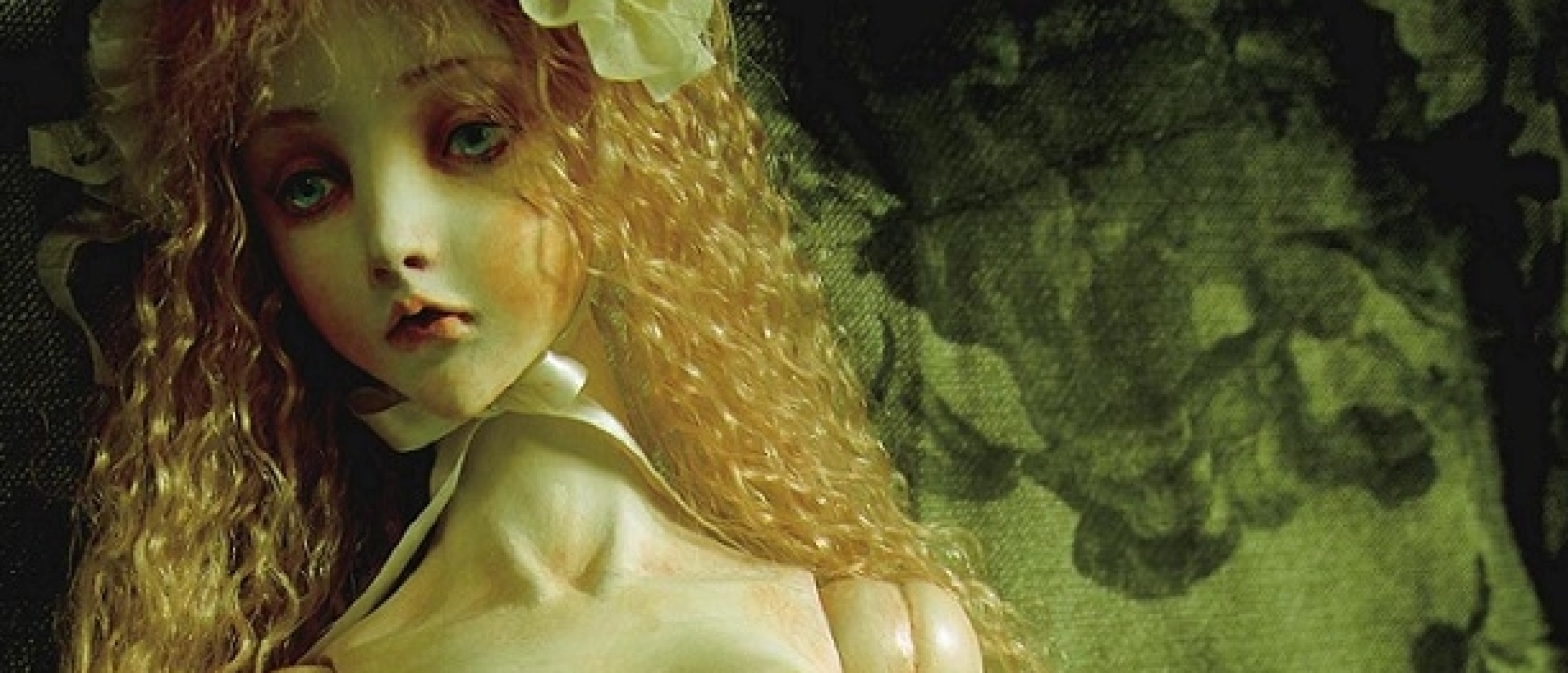
Between the Inside and Outside of Bodies: The Disturbing and Ambiguous Sensuality of Mari Shimizu's Dolls
In the Beginning There Were Dolls
In 1937, an International Surrealism Exhibition was held in Tokyo from June 9th to 14th. The exhibition was organized by Shuzo Takiguchi and Nobuo Yamanaka, with the help of Paul Éluard, Georges Hugnet, and Sir Roland Penrose, and featured works by Jean Arp, Hans Bellmer, André Breton, Giorgio de Chirico, Salvador Dalí, Marcel Duchamp, Paul Éluard, Max Ernst, Alberto Giacometti, Georges Hugnet, Paul Klee, René Magritte, Joan Miró, Henry Moore, Pablo Picasso, Man Ray, Jindřich Štyrský, among others.
![Album Surréaliste. [Catalog of the International Surrealist Exhibition in Japan] Album Surréaliste. [Catalog of the International Surrealist Exhibition in Japan]](https://media-01.imu.nl/storage/shungagallery.com/2236/album-surraliste--catalog-of-the-international-surrealist-exhibition-in-japan-800x641.jpg)
Fig.1. Album Surréaliste. [Catalog of the International Surrealist Exhibition in Japan]
Hans Bellmer's Influence
According to David Hopkins, in his book "A Companion to Dada and Surrealism": "The 1937 exhibition received limited newspaper coverage. However, the impact on art students throughout Japan was seismic...". Perhaps one of the artists from this exhibition who helped to cause this lasting impact the most was Hans Bellmer. As we can see from the exhibition catalog, at least one photo of his first doll and a drawing of his were displayed to the Japanese public (fig. 01). However, Hans Bellmer's influence would prove to be deeper after World War II when, in the 1960s, there was an interest in the German artist's ball-jointed dolls. Simon Yotsuya was one of the first Japanese artists to be influenced by Hans Bellmer's articulated dolls, so much so that he began to change his style of creating dolls.
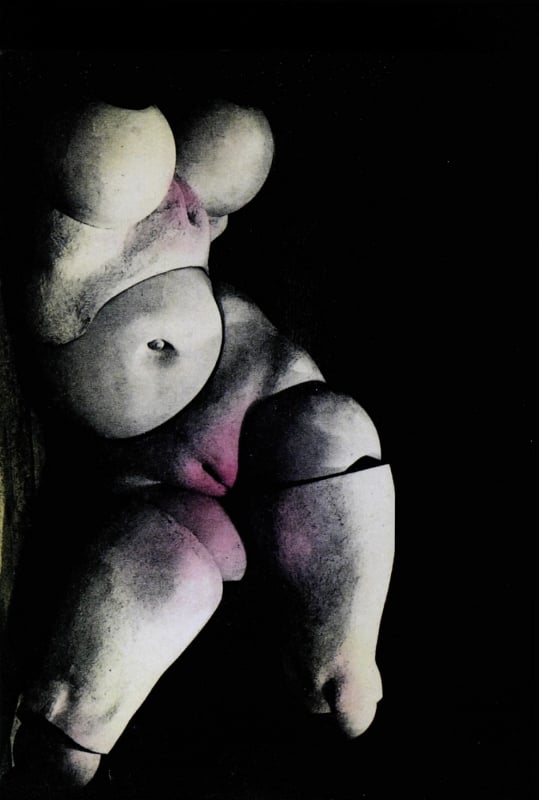
Fig.2. The Doll by Hans Bellmer
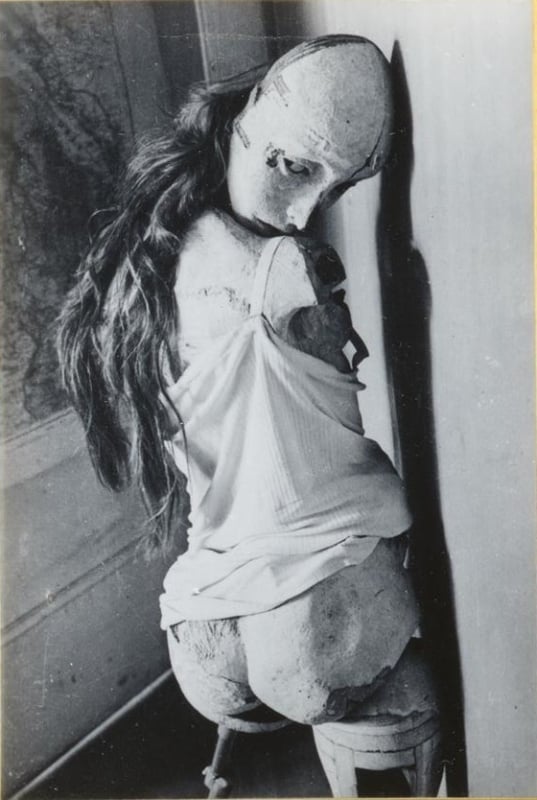
Fig.3. Hans Bellmer
Lacerated Sensuality
Tatsuhiko Shibusawa, a novelist, art critic, and translator of French literature, who had recommended Hans Bellmer to Simon Yotsuya (fig. 04 and 05), was also so fascinated by his dolls that he asked Nori Doi, a figurative artist, to make a replica of them. Working at a mannequin company, Nori Doi (fig. 06 and 07) was looking for new possibilities to create dolls that were not based on Japanese tradition. He then produced ball-jointed dolls from photographs of Bellmer's doll, representing rounded women's bodies. Soon, his dolls gained prominence because they expressed a different perception of the female body that was not determined by society's beauty standards.
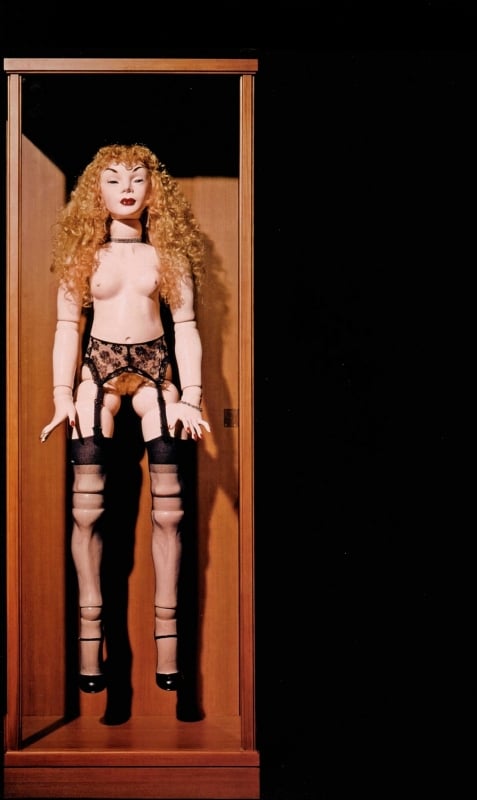
Fig.4. Simon Yotsuya
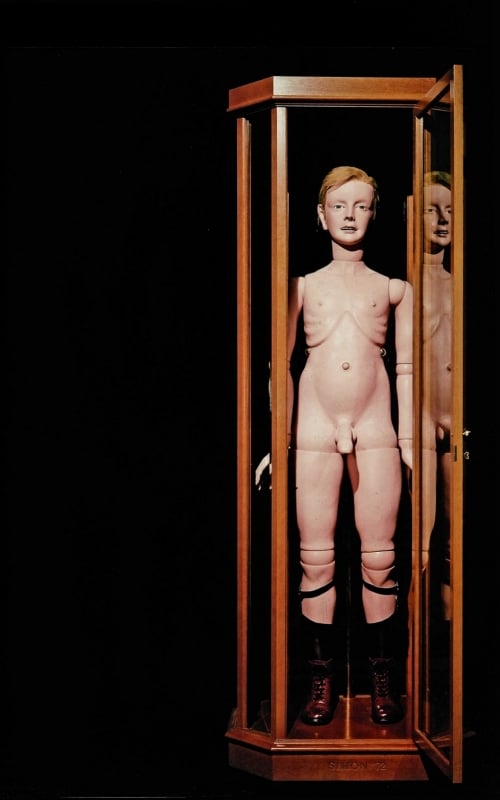
Fig.5. Simon Yotsuya
Disarticulation of the Body
In addition to these artists, we can mention others who also follow the tradition founded by Hans Bellmer: Katan Amano, Ryo Yoshida, Mahoko Akiyama, Koitsukihime, Hizuki, Mari Shimizu, Hiroko Igeta, Etsuko Miura, Yogu, Midori Hayashi, Tari Nakagawa, Ayumi, Mitsubachi@Babybee. All of these artists explore different ways of conceiving their dolls, almost always based on the fragmentation and disarticulation of the body, almost always generating a feeling of discomfort in the viewer, who does not expect to find representations of the female figure with a lacerated anatomy, where the limbs and organs are presented as part of a labyrinth.
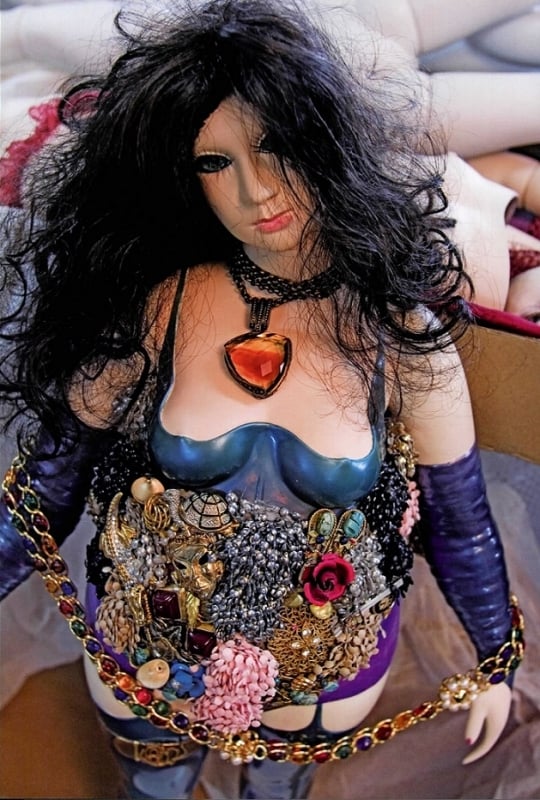
Fig.6. Nori Doi
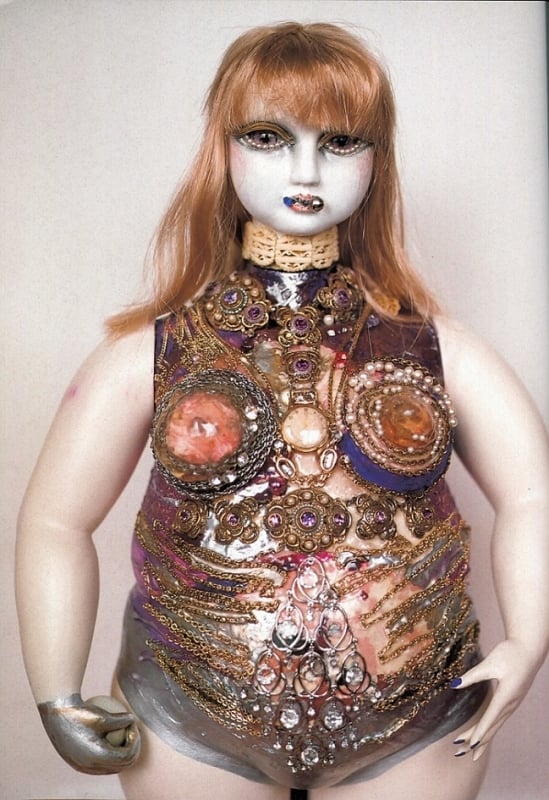
Fig.7. Nori Doi
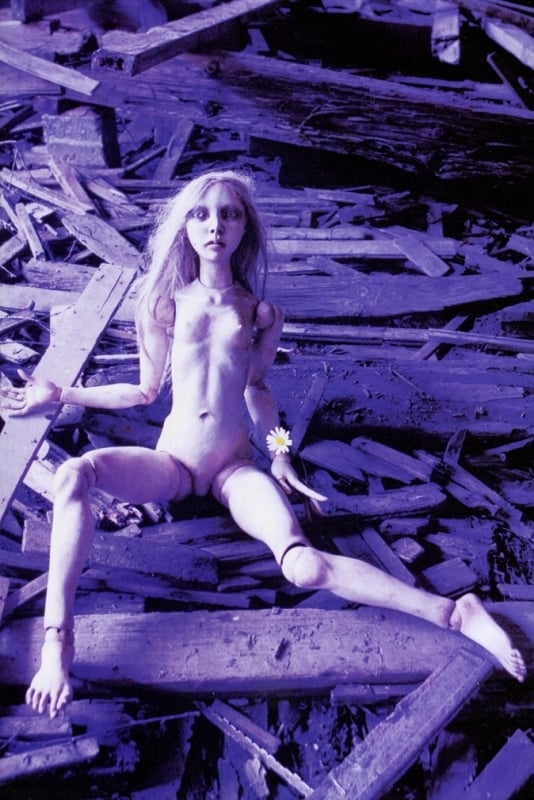
Fig.8. Mari Shimizu
Contradictory Attraction
In this text, we will analyze the work of artist Mari Shimizu, who has stood out for the way her dolls have deconstructed bodies through disproportion and fragmentation, presenting multiple heads, disproportionate limbs, empty eyes, and ambiguous expressions. In this sense, in their first contact with Mari Shimizu's dolls, many people define them as strange and bizarre, perhaps moved by the impossibility of defining the facial expression of their dolls as well as the situations in which they are represented. The gaze of her dolls is usually enigmatic, empty, leading the viewer to feel attracted to it and at the same time repelled, without knowing why this contradiction exists.
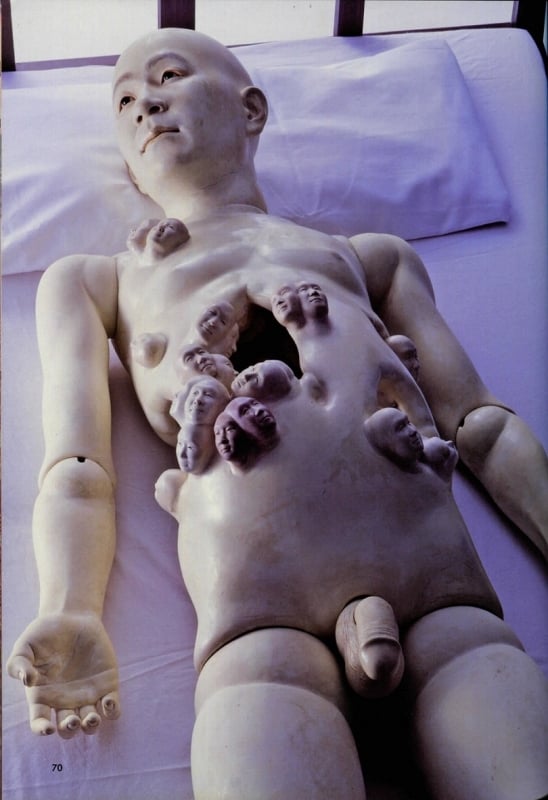
Fig.9. Mari Shimizu
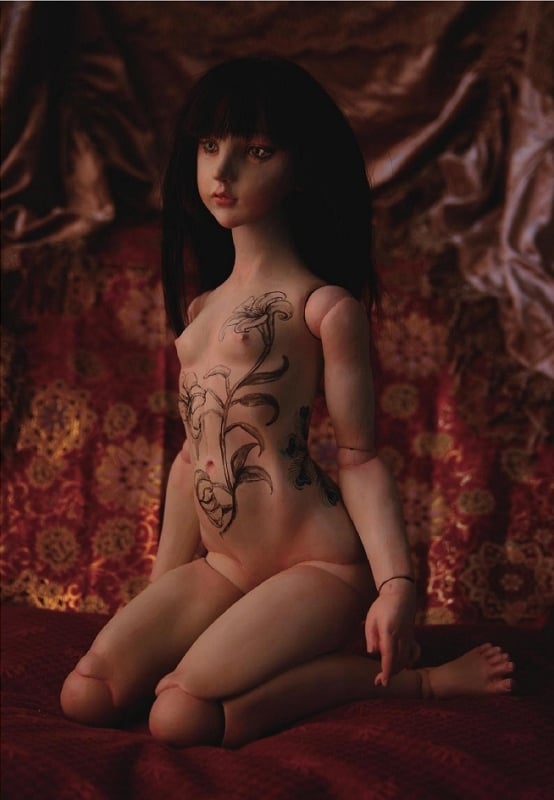
Fig.10. Mari Shimizu
Obscene Sexuality
This set of indefinable features stands out even more when we observe the dolls that have only the torso, whose interior is inhabited by miniaturized human beings. In these works, sexuality is configured as obscene rather than erotic. This happens because, in the face of the bodies of Mari Shimizu's dolls, the possibility of excitement is frustrated, at the moment they are configured much more as a manifestation of the obscene, in the sense of surprising us with the representation of something unusual, which escapes common sense, makes us uncomfortable.
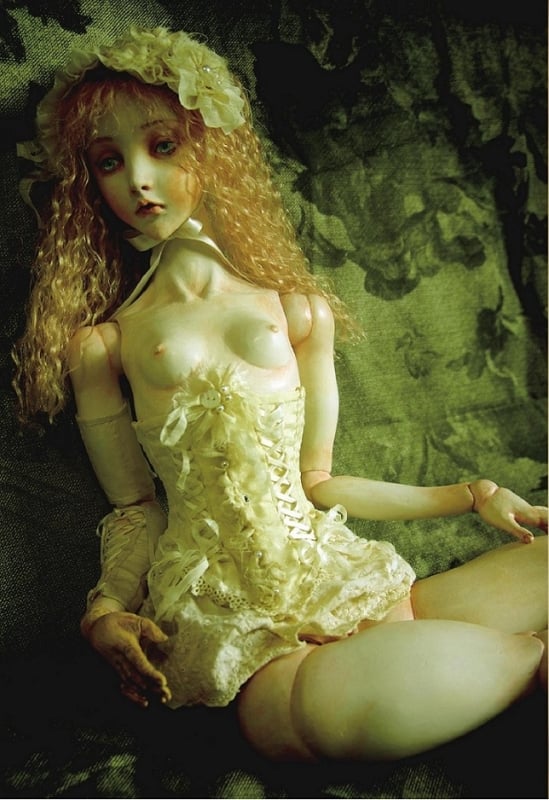
Fig.11. Mari Shimizu
In the extended Premium edition we're going to delve deeper into the influences of the German surrealist Hans Bellmer, Lady Godiva, Henri Fuseli's The Nightmare and ero guro artists like Suehiro Maruo and Takato Yamamoto, the macabre aesthetics, how her dolls evoke this disturbing and ambiguous sensuality, and 50+ pics of her mysterious dolls.
Click HERE for 49 Daring Examples of Trevor Brown's Disturbingly Cute BDSM 'Dolls'
What do you think about Shimizu's dolls? Leave your reaction in the comment box below...!!

